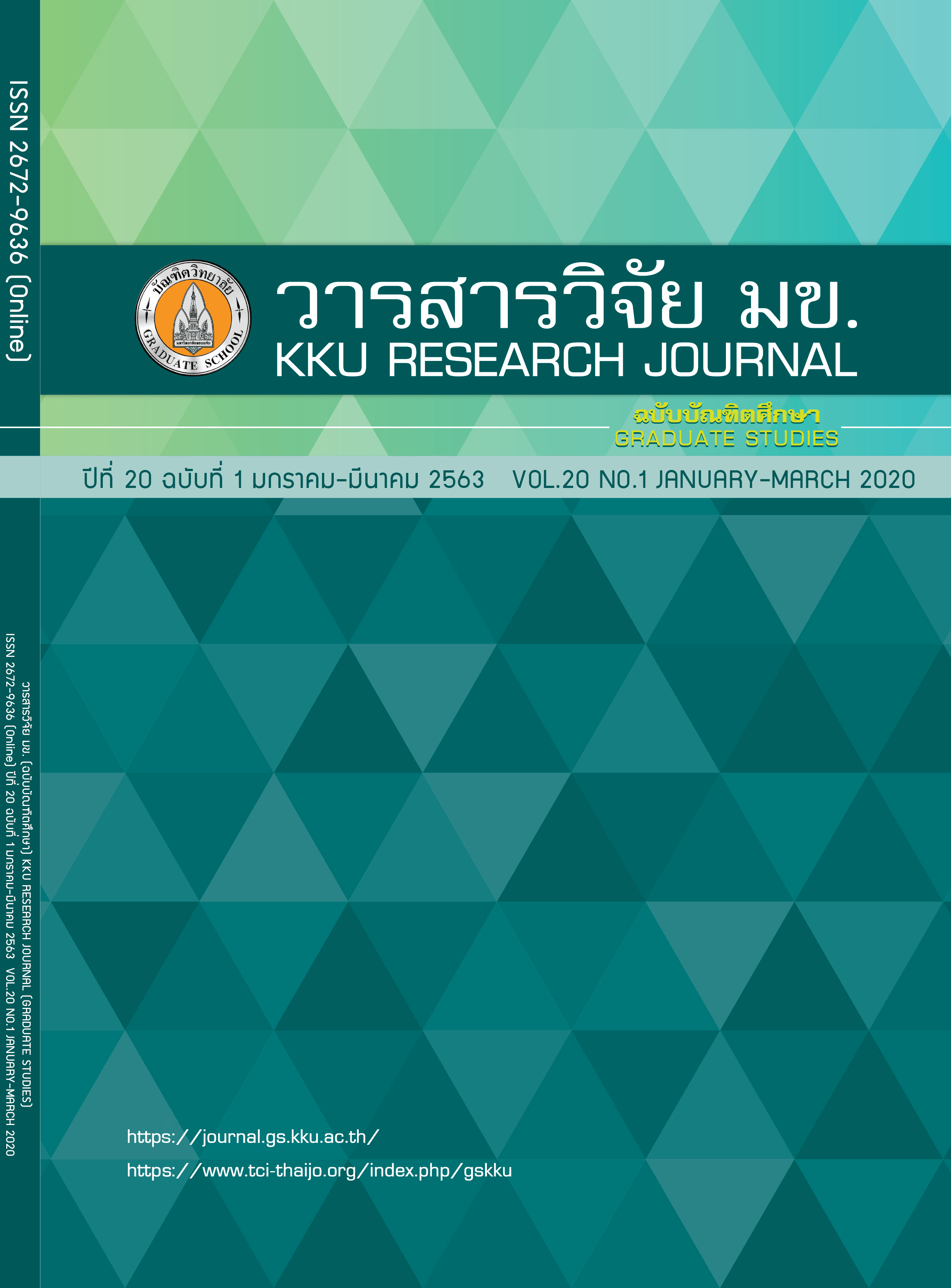Effect of Scale Resistance on Steam Consumption of Cane-Juice Evaporation
Keywords:
Evaporator, Cane juice, Scale resistance, Steam consumptionAbstract
The sugar evaporation process, composing of a pre-evaporator and two-paralled quintuple effects (train A and train B), for this case study was investigated. Results has founded that the scale resistance of deposited fouling on PE throughout the milling season reached to 73.26 m2 oC/kW. Based on the present total juice inlet of 532.82 ton/h with the same evaporation area and steam quality usage at maintaining the syrup quality, increasing of juice inlet feed rate ratio of train B to train A gave the decrease of steam consumption for evaporation train A. The heat transfer was then reduced that resulting to an increase of scale resistance which in contrast to the phenomenon in train B. Juice scale deposited on the juice tube composed of organic crystalline of various elements such as O, C, Ca, Na, P, Fe, Mg, and K. Compared to the present cost, based on the calculated steam cost of 463.56 baht/ton at the juice inlet flowrate ratio of train B to train A of 0.65, and the total juice feed rate of 520-525 ton/h, the expense on total steam consumption was decreased.
References
Hugot E. Handbook of Cane Sugar Engineering. Vol. 3,. Elsevier B.V.; 1986:
Doherty W. Chemical cleaning of sugar mill evaporator. Proc Aust Soc Sugar Cane Technol. 2000;22:341–346.
Poel PW van der, Schiweck H, Schwartz TK. Beet Sugar Development Foundation (Fort Collins C. Sugar technology: beet and cane sugar manufacture. Berlin: Verlag Dr Albert Bartens KG; 1998.
Honig P. Principles of Sugar Technology. Principles of Sugar Technology. Amsterdam [etc.]: Elsevier Publishing Company; 2016.
Rein P. Cane Sugar Engineering. Berlin, Germany; 2007.
Peel D, Wheeldon P, Virdee GS. Estimation and Control of Fouling in Heat Exchangers. IFAC Proc Vol. 2017;28(5):311–315.
Walford S, Walthew D. Preliminary Model for Oxalate Formation in Evaporator Scale. Proc South African Sugar Technol Assoc. 1996;70.
East CP, Doherty W, Fellows CM, Yu H. Characterization of sugar juice heat exchanger tube deposit. Surf Interface Anal. 2011 Sep;43(9):1231–1239.
Rackemann DW, Doherty W. Development of descriptor tools for the characterization of Australian sugar mill evaporator scale. 2015;
Srivastava D, Mohanty B, Bhargava R. Characterization of evaporator scale of Indian sugar industry. Appl Therm Eng [Internet]. 2016;98:894–899.
Kahsay A, Gabbiye N. Characterization and Effects of Scale Formation on Heat Transfer System of Multiple-Effect Evaporator Units in Cane Sugar Industry. J Chem Eng Process Technol. 2015;06(05).



